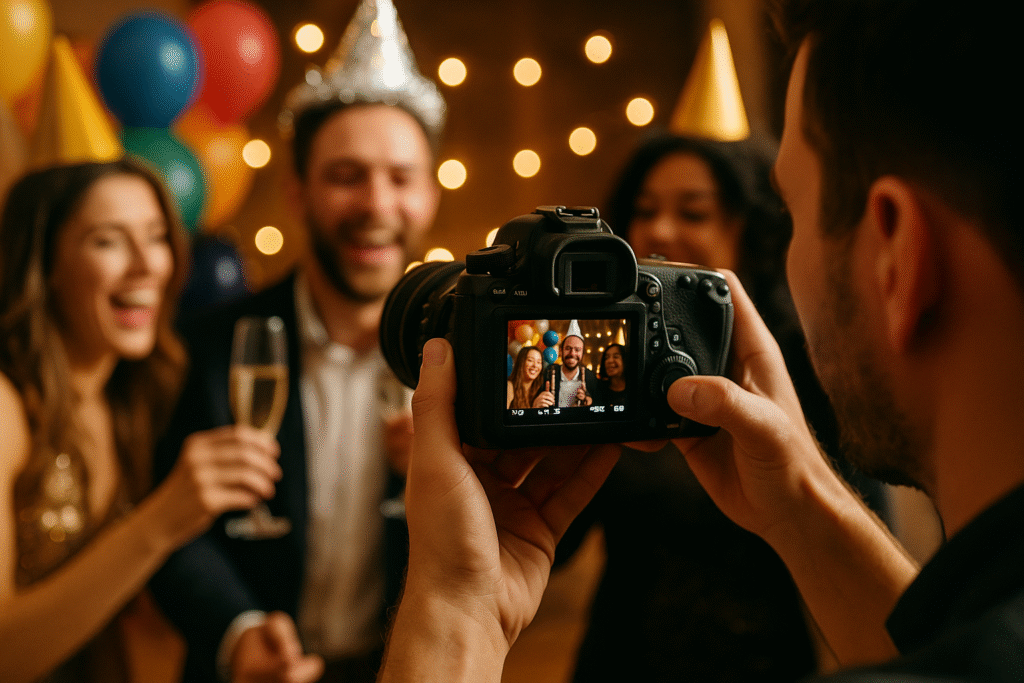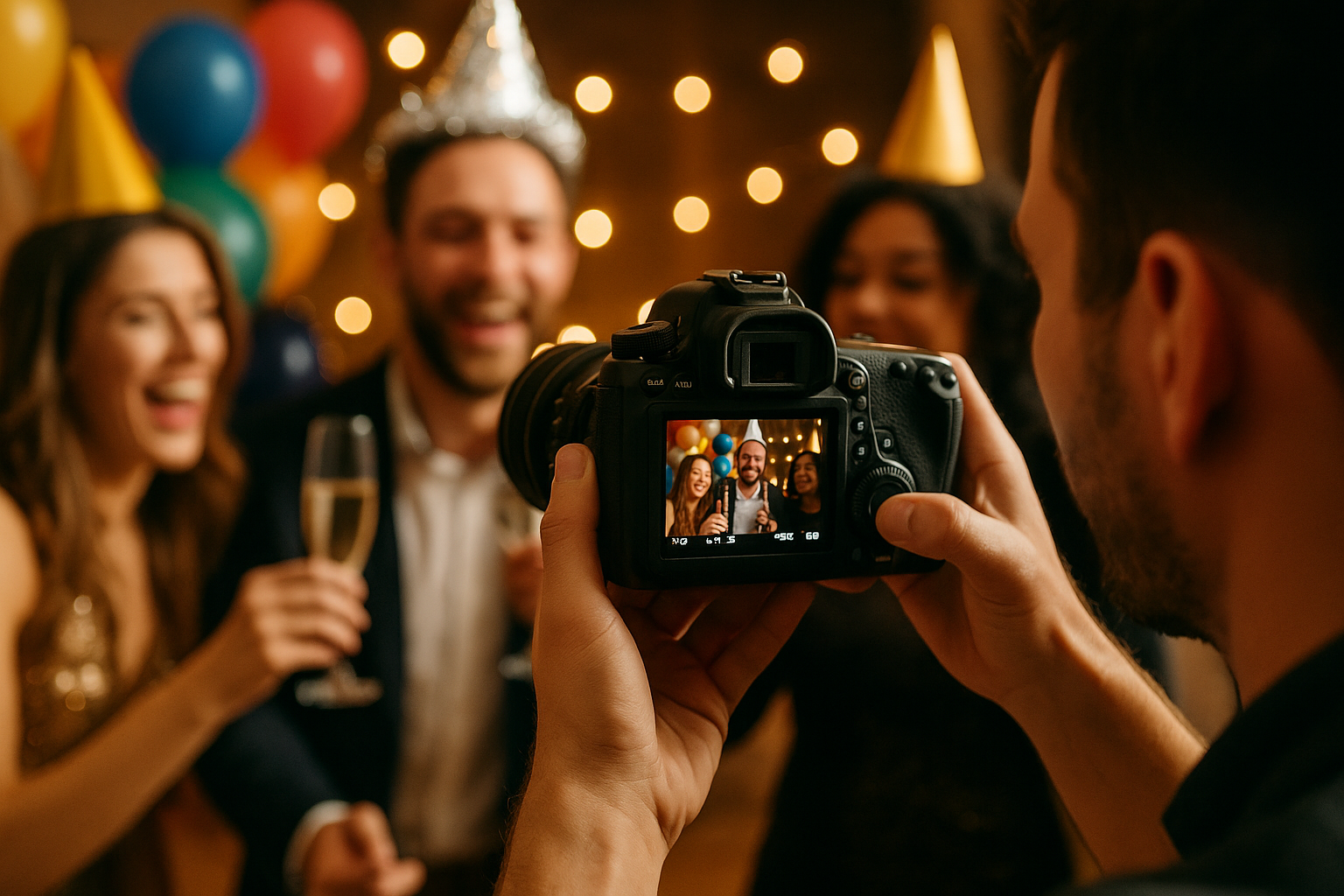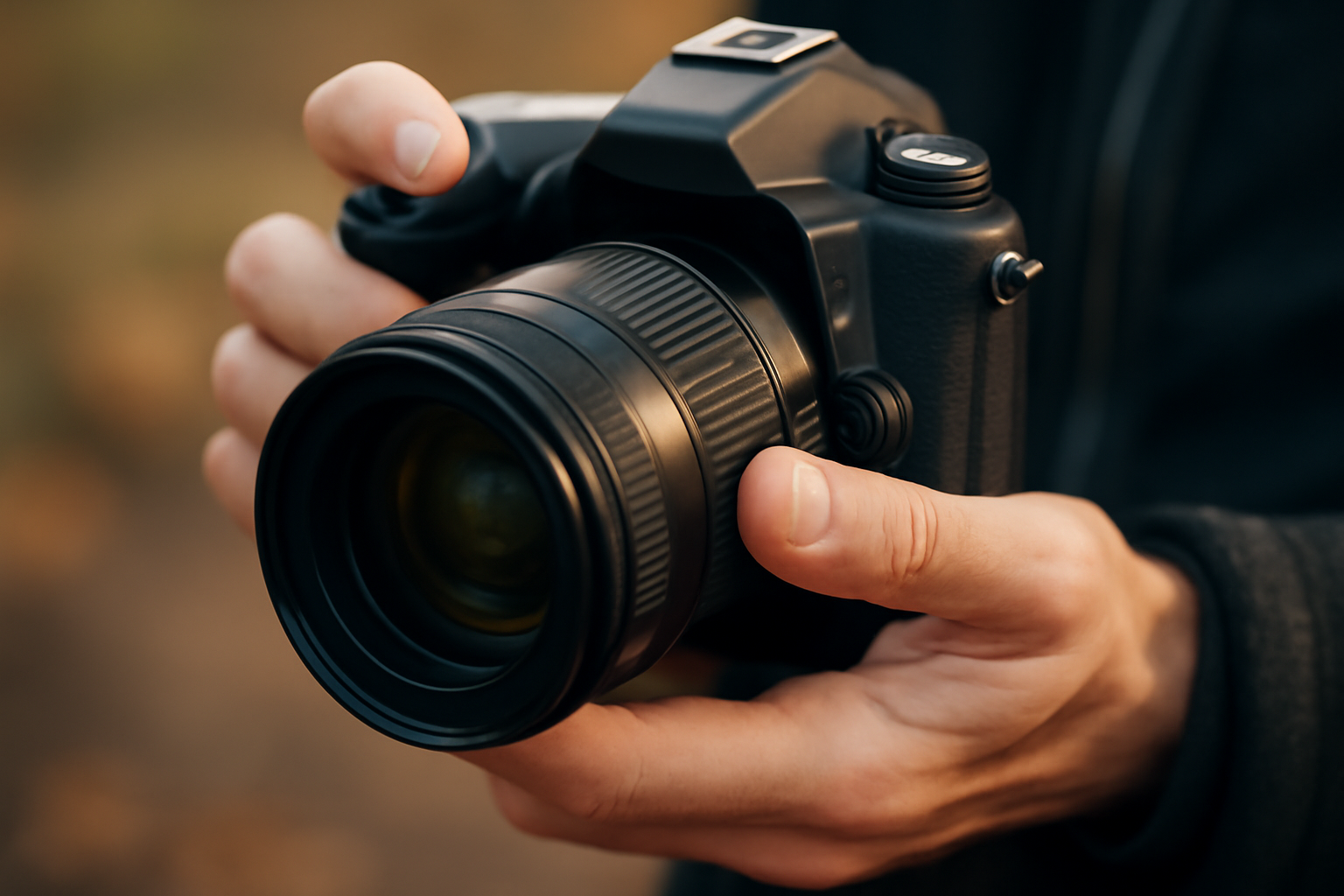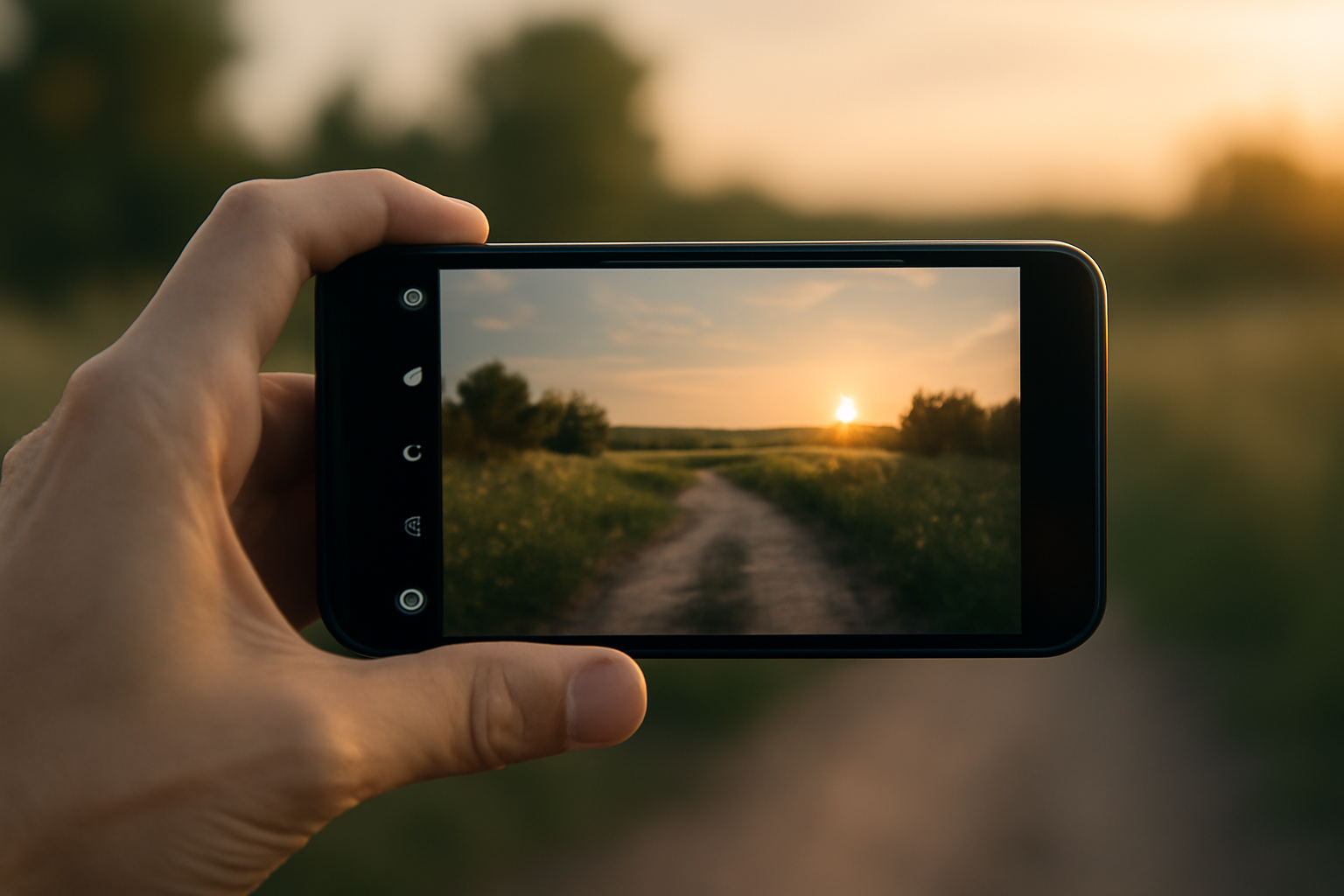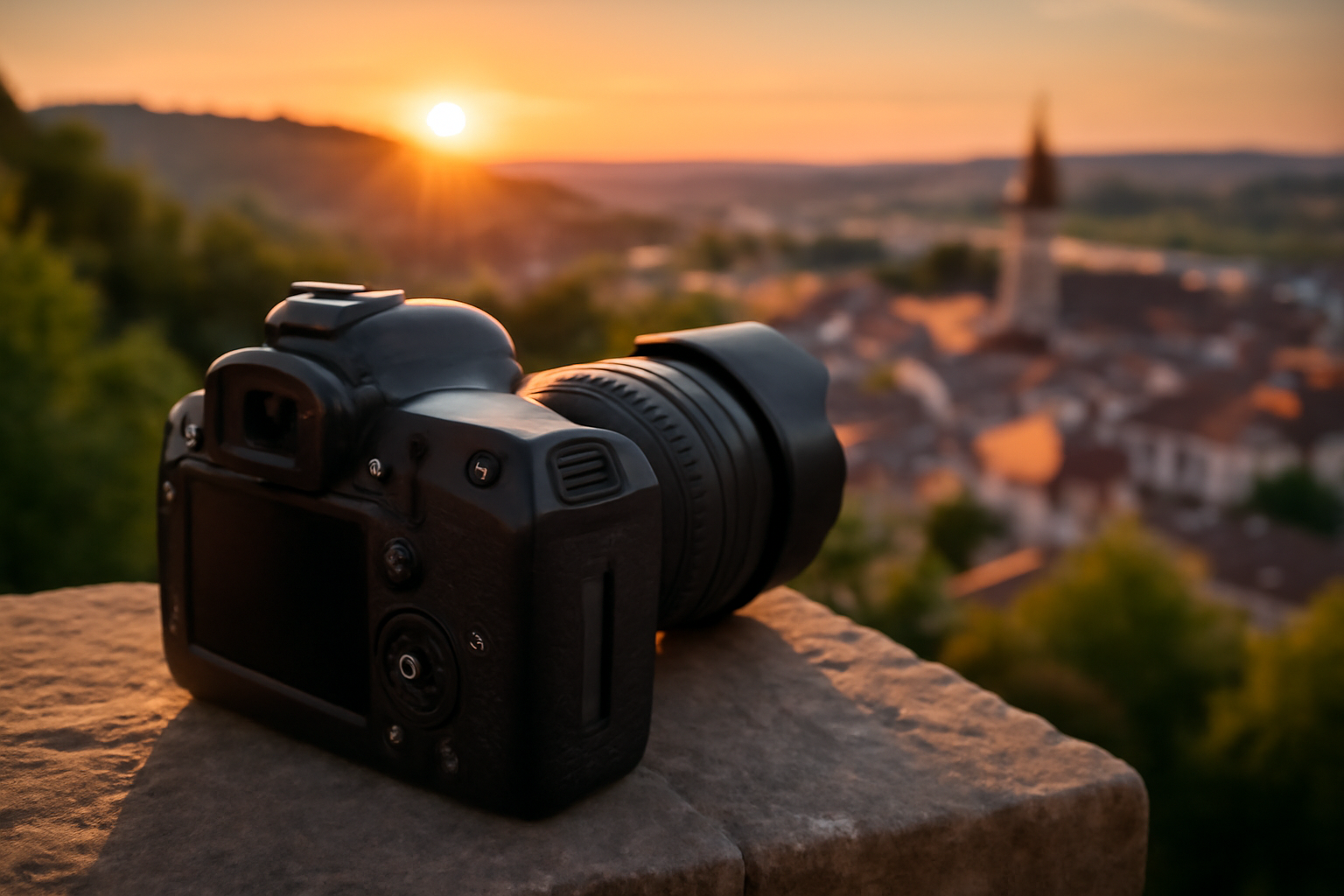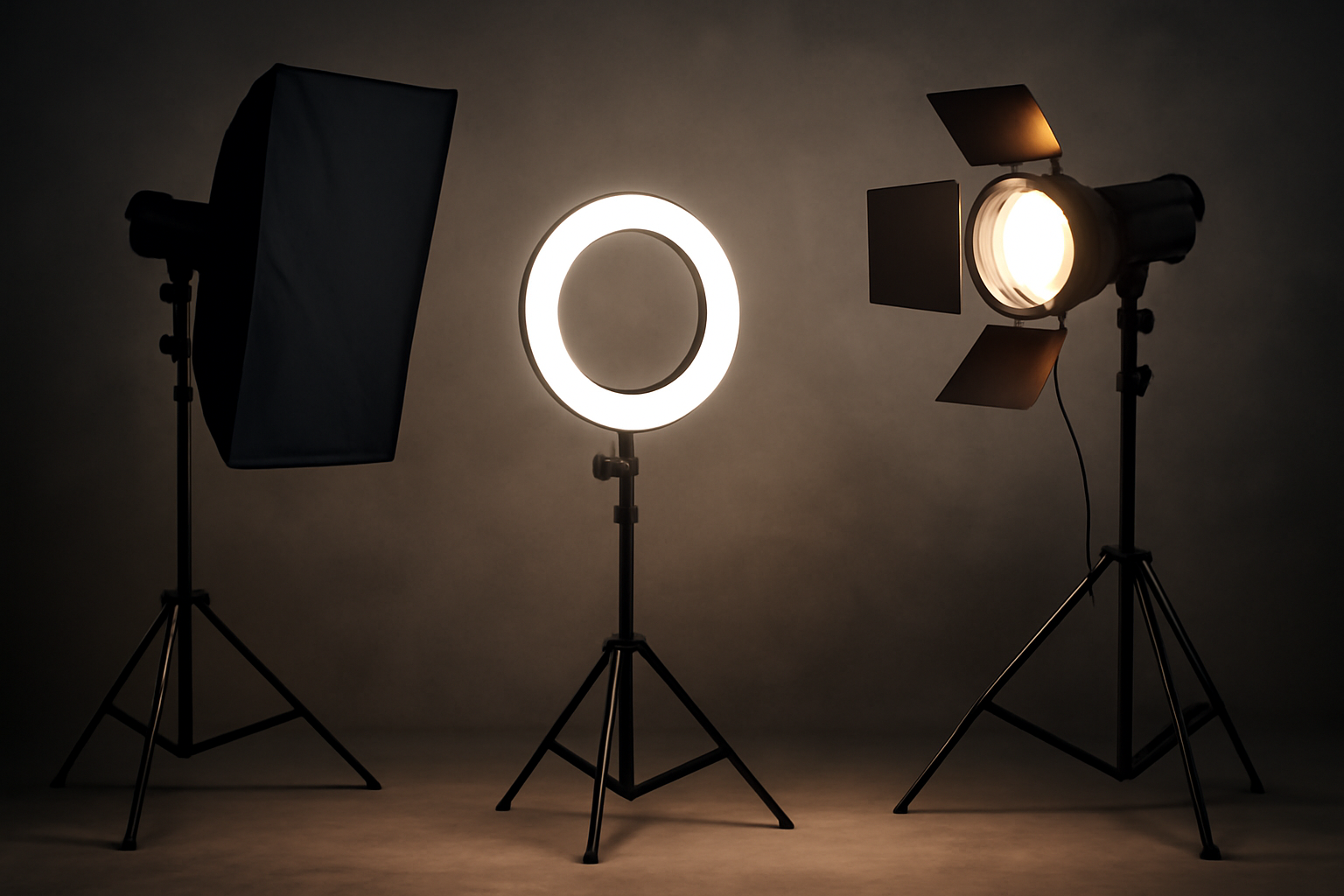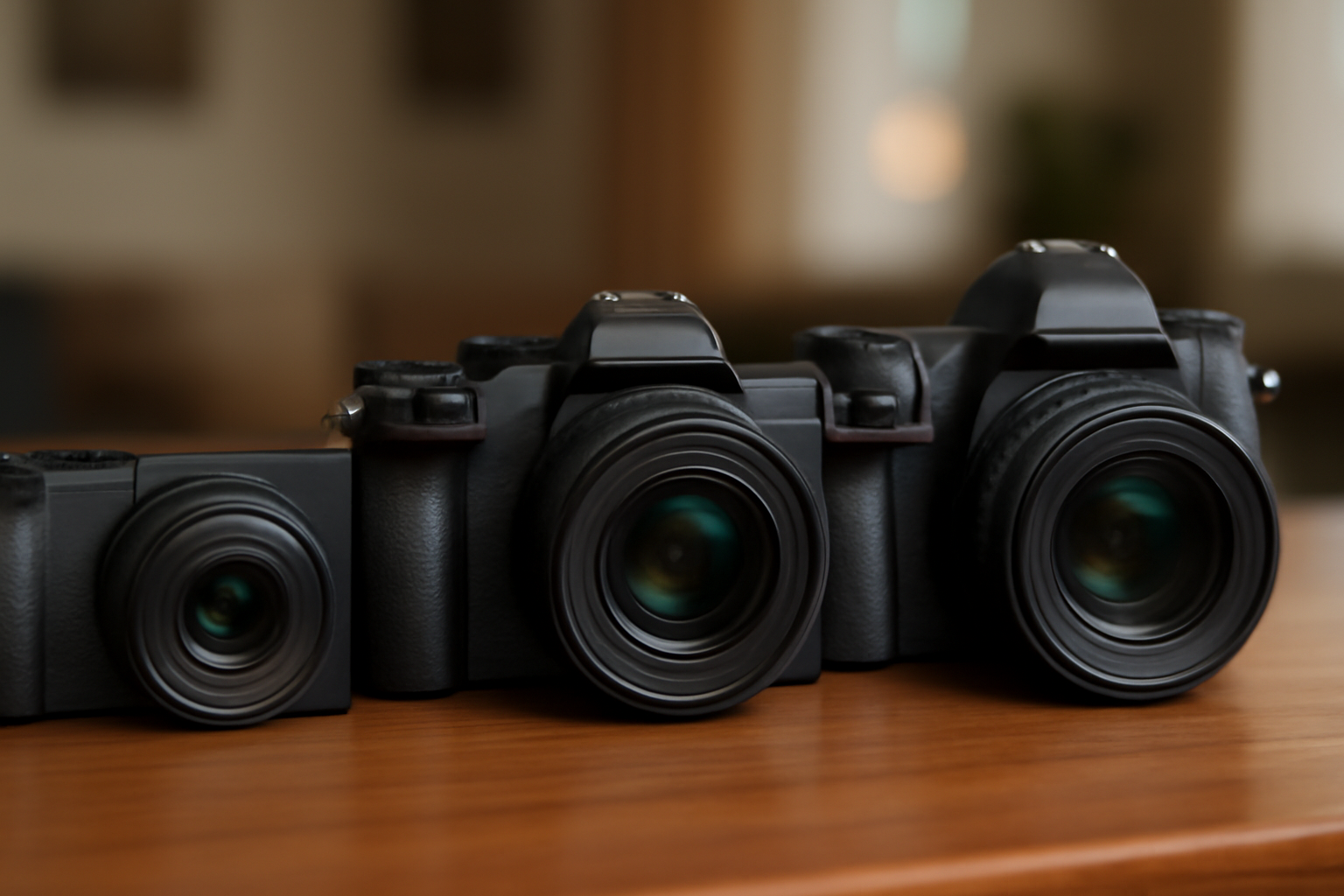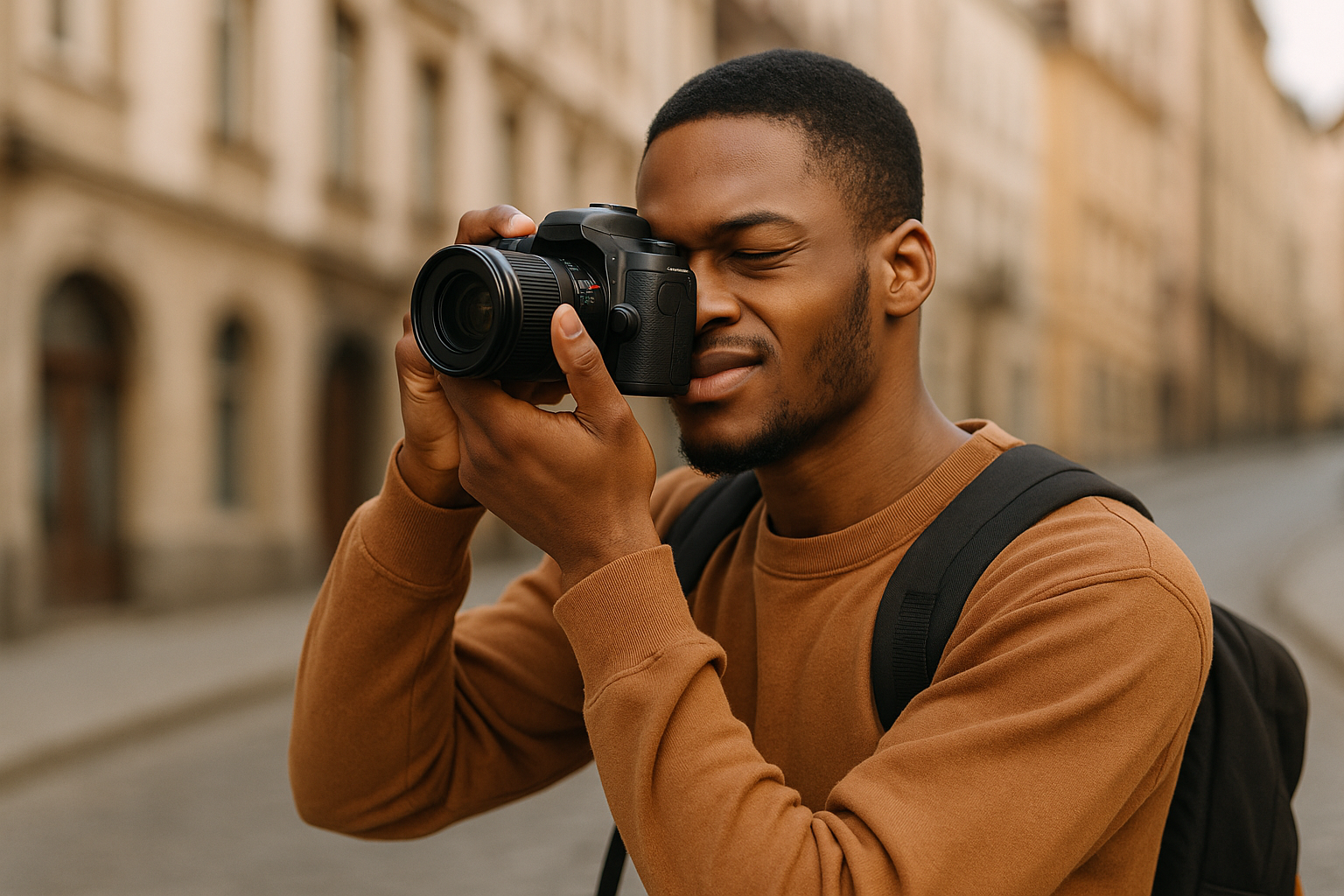Photographing parties and celebrations is one of the most dynamic, challenging, and rewarding experiences a photographer can have. Each event is filled with life, emotion, and unpredictable moments that deserve to be preserved with authenticity and care. Whether it’s a birthday bash, cultural celebration, local festival, or destination wedding, the opportunity to document human connection in vibrant, festive settings is something truly special.
This guide shares practical, tested tips for both beginner and experienced photographers who want to improve their party photography skills — with insights drawn from real-world scenarios and a love for capturing the pulse of celebration through the lens.
Understand the Nature of the Event
Before arriving with your gear, get to know what type of event you’ll be photographing. Is it a formal celebration like a wedding? A casual family reunion? A cultural festival in a tourist hotspot?
Each kind of party brings different expectations:
- Weddings demand elegance, structure, and emotional storytelling.
- Birthday parties often include fast-moving action and intimate family moments.
- Festivals are high-energy, with rich cultural details and crowd dynamics.
Ask the host or client about the key moments they care about. Are there special dances, speeches, or surprises? Understanding what matters most ensures you’re in the right place at the right time.
Also, consider cultural traditions. In some celebrations, certain rituals or people take priority — knowing this helps you respect and document the event more accurately.
Understanding the background of the event also builds trust with your clients and allows you to be more emotionally engaged with your subjects.
Gear Up for Low Light and Movement
Most parties have tricky lighting: dim venues, colored LEDs, or unpredictable shifts between dark and bright. Your gear should help you adapt quickly.
- Use a fast lens: f/2.8 or wider (like a 50mm f/1.8) is perfect for low-light conditions.
- Boost your ISO: Modern cameras handle high ISO well. Don’t be afraid to go above 3200.
- Use flash sparingly: A bounce flash with a diffuser creates soft light. Avoid harsh direct flash that flattens faces and kills mood.
Stabilization is key. Use cameras with in-body stabilization or fast shutter speeds to avoid blur. If needed, a monopod can give you support without being intrusive.
Always bring backup batteries and memory cards. Celebrations often go longer than expected — and you don’t want to miss the peak moment because your camera ran out of juice.
Bring a lens cleaning cloth as well. Parties can get messy with confetti, drinks, and humidity.
Scout the Venue if Possible
If you can visit the venue beforehand, do it. If not, arrive early. Walking through the space helps you identify:
- The best spots for group photos
- Natural sources of light (windows, skylights)
- Cluttered or distracting backgrounds to avoid
- The flow of guests — where people gather, dance, eat, and relax
For travel photographers covering festivals or events abroad, research online first. Google Maps, travel blogs, and previous event photos can help you visualize the environment.
Also, look for elevation. A balcony or raised surface gives you the chance to shoot wide-angle crowd scenes.
Pay attention to entryways, exits, and reflective surfaces. These areas often lead to interesting compositions and candid moments.
Be Ready for Candid Moments
The heart of every party lies in its unscripted moments. People laughing, dancing, hugging, reacting — these tell the real story.
To catch candid shots:
- Move quietly and use a silent shutter mode if available.
- Keep your camera up and ready at chest height.
- Use a zoom lens (like 24–70mm or 70–200mm) to stay unobtrusive.
- Shoot in burst mode to capture micro-expressions.
Learn to anticipate. Watch for body language — a child leaning in for a hug, someone lifting a glass for a toast, or a group bursting into laughter. These seconds matter.
And remember: candid doesn’t mean messy. Aim for clean backgrounds, good light, and sharp focus even in spontaneous frames.
Position yourself near areas of interaction — like the food table, the dance floor, or by the entrance where greetings happen.
Master the Group Shot Without Stress
Every party calls for group photos, and they can be chaotic without preparation.
Tips for smooth group shots:
- Scout a spot with good lighting and a neutral background.
- Take control gently: smile, speak clearly, and direct confidently.
- Arrange tallest in the back, and balance colors and outfits visually.
- Take multiple frames: someone always blinks!
For large groups, use a wide-angle lens and step back. For smaller groups, go for tighter compositions that capture emotion.
Add variation — one formal, one with people laughing, one with movement or interaction.
If there’s a host or VIP, prioritize their presence in early group shots — they may get pulled away as the party progresses.
Capture the Details That Tell the Story
Don’t overlook the details. They’re what give each event its unique identity.
Photograph:
- Decorations (flowers, candles, themed items)
- Food and drinks
- Signage and invitations
- Favors or gifts
- Unique cultural elements (henna, traditional clothing, dances)
Detail shots make albums and galleries more immersive. They also give context to the big moments.
Use a macro or prime lens for shallow depth of field and focus on textures, colors, and compositions. These images often become client favorites — or treasured memories for hosts.
Details allow viewers to remember how the event felt — the aroma, the laughter, the ambiance.
Manage Light – Natural and Artificial
Lighting is everything in celebration photography.
- Use available light when possible: window light, string lights, or candles add warmth and mood.
- Avoid mixed light temperatures: shooting under yellow bulbs and blue LEDs can confuse white balance.
- Carry a small LED panel: portable lights can help lift shadows during speeches or cake cutting.
When using flash:
- Bounce it off ceilings or walls
- Use diffusers or softboxes to reduce harshness
- Balance with ambient light by dragging the shutter (slow sync flash)
Learn to adjust quickly. The light will change constantly — dance floors, outdoor night shots, and indoor dinners all require different setups.
Practice shooting in manual mode during low-light situations before the event to gain confidence.
Engage with People and Blend In
Some of the best party photographers are also great people persons. Blending in doesn’t mean being invisible — it means being approachable and trusted.
- Introduce yourself: let guests know who you are.
- Smile often: people are more relaxed when the photographer seems happy.
- Avoid interrupting conversations: shoot around them, not through them.
- Respect boundaries: if someone doesn’t want to be photographed, let it go.
Genuine human interaction helps you capture more authentic images. People open up when they feel seen, not scrutinized.
If you’re working internationally, learn a few local greetings. It makes a huge difference.
Make an effort to capture the elderly, the shy, and the unnoticed. Their expressions often add richness to the story.
Think Like a Storyteller
Every celebration has a beginning, middle, and end. Document it like a visual narrative:
- Arrival shots: people entering, decor untouched
- Interactions: greetings, toasts, performances
- High moments: speeches, games, big laughs
- Closing shots: people dancing, embracing, leaving
Your goal is to let someone “feel” the event just by scrolling through your gallery. Think in sequences.
Don’t forget transitions: kids running between tables, candles being lit, a moment of stillness after the music stops. These are the connective tissue of the story.
Use wide shots, medium shots, and close-ups — like in cinema — to give variety and rhythm to your narrative.
Don’t Forget Post-Event Workflow
Once the celebration ends, your work continues. Proper workflow is essential.
- Backup your photos in two places immediately.
- Cull quickly: choose your best shots while the memory is fresh.
- Edit for consistency: color tone, lighting, and style should match across the set.
Deliver your images in a way that reflects professionalism and joy:
- Use online galleries or custom USBs
- Add a highlight reel or slideshow with music
- Include a few black-and-white versions for emotion
A well-delivered gallery adds value and leaves a lasting impression.
Consider using watermarking and contracts to protect your work and define usage rights.
Final Reminders for Every Celebration
Keep these in mind for every party or event:
- Be over-prepared: bring more gear than you think you’ll need.
- Stay flexible: timelines shift, people forget schedules.
- Take care of yourself: hydrate, eat, rest — long events are physically demanding.
- Stay positive: your energy affects the people around you.
Make a checklist for each event: batteries, lens cloths, business cards, model release forms, etc. Having a system saves you from avoidable stress.
And always double-check your camera settings before the first shot.
Even if the party feels chaotic, your presence can bring calm and confidence to the room.
Capturing the Energy That Lives Beyond the Party
At the end of the day, party photography isn’t just about perfect exposures or flawless composition — it’s about energy. Your job is to freeze fleeting moments that mean everything to someone else.
A glance, a laugh, a shared toast — these are timeless.
When you approach events with care, preparation, and curiosity, you capture more than photos. You preserve stories that families, friends, and communities will revisit for years.
So charge your batteries, pack with purpose, and get ready to dance between joy and stillness, chaos and clarity — all through the viewfinder.
Because celebrations come and go, but great photography lets the memory live on forever.
